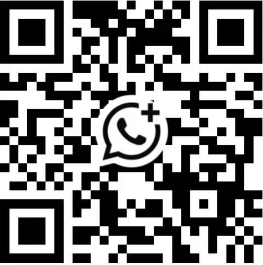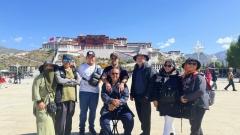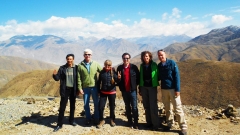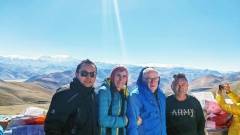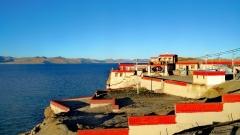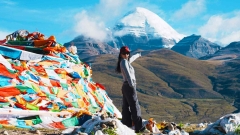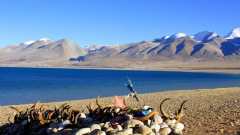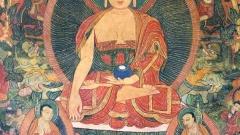Traveling to Tibet means breathtaking views of sacred lakes and snowcapped mountains—but rumors of overpriced goods and tourist traps often make travelers uneasy. Is Tibet full of scams? Not really. With some research and a few smart tips, you can easily avoid most pitfalls.
This guide breaks it down into three key areas: Shopping Traps, Sightseeing Scams, and Tips for Transport & Accommodation—so you can enjoy Tibet without getting ripped off.

Shopping Traps: How to Buy Smart and Avoid Overpriced Souvenirs
- Avoid buying souvenirs right outside major attractions
Shops near Potala Palace, Barkhor Street, and Jokhang Temple often charge inflated prices. Many items that look “traditional” may just be cheap knockoffs from wholesale markets.
Tips:
- Visit multiple shops to compare prices—especially around Barkhor Street. The same bracelet or thangka could vary by 5x in price.
- For genuine hand-painted thangkas, choose certified stores like Tibet Thangka Art Center in Lhasa. True artworks are expensive but collectible.
- Be cautious with “yak jerky,” “cordyceps,” and other local specialties
Many “yak jerky” street snacks are just processed beef with artificial coloring. Worse, fake or low-quality cordyceps and saffron are common.
Tips:
- Buy food items from trusted supermarkets like Baiyi Supermarket or Tibet Original Products Store.
- For cordyceps and precious items, only shop at licensed herbal stores (e.g., Tibet Traditional Medicine Factory) and always ask for receipts and certificates.
- Don’t fall for “driver’s Tibetan relative selling rare goods”—it’s usually a scripted pitch.
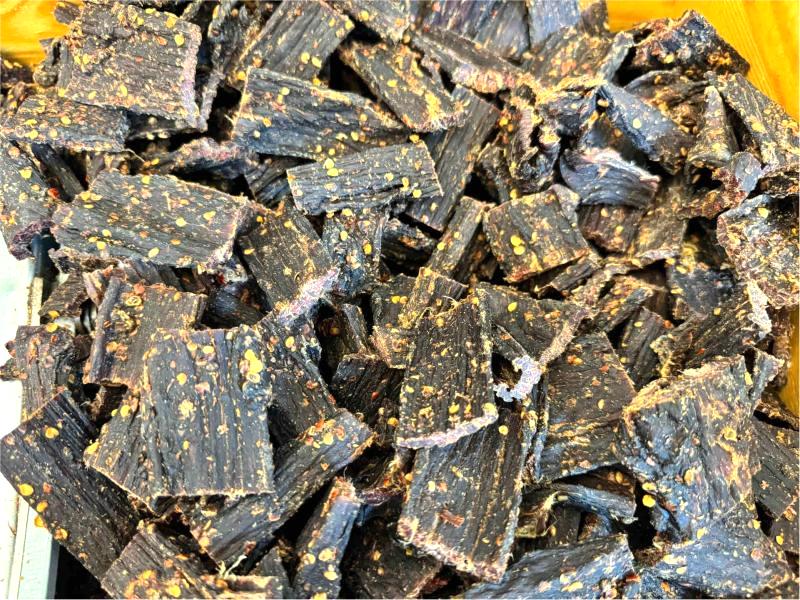
Real beef jerky
- Bargain boldly
At souvenir stalls, prices can often be cut to 30% or less of the asking price.
Tips:
- Don’t hesitate to walk away—it’s a powerful negotiation tactic.
- If the seller follows you, it means the price can go lower.
Sightseeing Scams: Skip Fake Fees & Forced Shopping Stops
- Beware of “unofficial entrance fees”
Some people charge for access to “scenic spots” like certain Everest viewpoints or angles of Namtso Lake that are actually free.
Tips:
- Do your research beforehand to know which sites require official tickets.
- If someone charges unexpectedly, politely decline and look for alternative angles.
- Avoid car rental traps
Some drivers alter routes or stop at shopping spots to earn commission. Worse, illegal “black cabs” may be unsafe and uninsured.
Tips:
- Book via trusted platforms like Qunar, Mafengwo, or a licensed local travel agency.
- Sign a written agreement including the full route and a “no shopping stops” clause.
- If you’re forced into a shop, document it with photos/videos for complaints.
- Don’t fall for suspiciously cheap tours
Some “0 yuan tours” or ultra-cheap packages rely on heavy shopping commissions. These are often rushed and unpleasant, with poor service and forced buys.
Tips:
- Look for tours labeled “no shopping, just sightseeing.”
- In Tibet, quality travel comes at a fair price—cheap, fast group tours rarely provide a good experience.
Transport & Hotel Tips: Avoid Hidden Hassles
- Don’t book ultra-cheap hotels far from town
Budget hotels may be far from central areas, at higher altitude, or lacking basic comforts like heating, elevators, or oxygen support—which can increase the risk of altitude sickness.
Tips:
- In Lhasa, choose areas near Barkhor Street or east of Potala Palace.
- Look for amenities like breakfast, airport pickup, and in-room oxygen.
- Understand Lhasa’s taxi-sharing culture
It’s normal to share taxis in Lhasa. However, if a driver refuses to use the meter or adds extra charges, that’s a red flag.
Tips:
- The base fare isCNY10 during the day, and most rides within town are underCNY30.
- Use apps like Dida Chuxing or Ctrip Taxi to avoid misunderstandings.
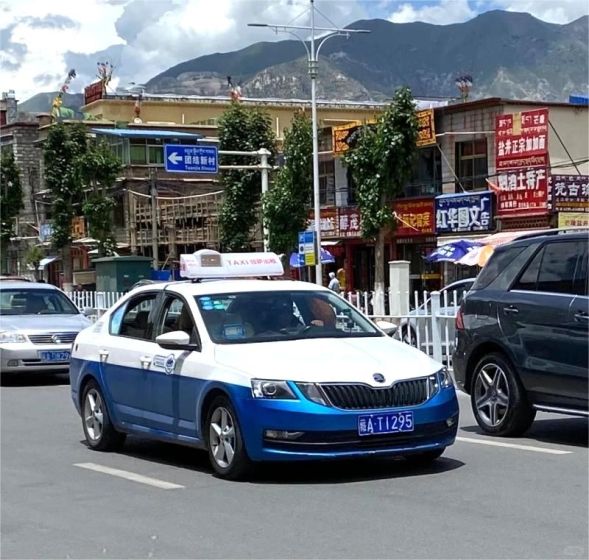
Bonus Advice: Mental Traps Are Real Too
Don’t expect Tibet to be a magical utopia. Altitude sickness can affect anyone—don’t rush to “conquer” every peak. A slower pace ensures better health and enjoyment.
Beware of unsolicited tips on “hidden temples” or “secret photo spots.” These often lead to commercial setups.
Respect religious customs. Don’t take photos inside temples without permission. Walk clockwise, speak quietly, and avoid touching sacred objects.
Sincerity Is Your Best Protection
Most Tibetan locals are kind, welcoming, and sincere. If you travel with respect and awareness, you’ll gain far more than stunning views.
But tourism is also commerce—and every destination has its own sales tricks. The key is: be prepared. Save this guide and let your Tibetan journey be full of purity and peace—not frustration.
Want a hassle-free trip?
Contact China Dragon Trave for customized no-shopping tours, worry-free permits, and full travel support—so you can focus on what matters: the view, the people, and the journey.


